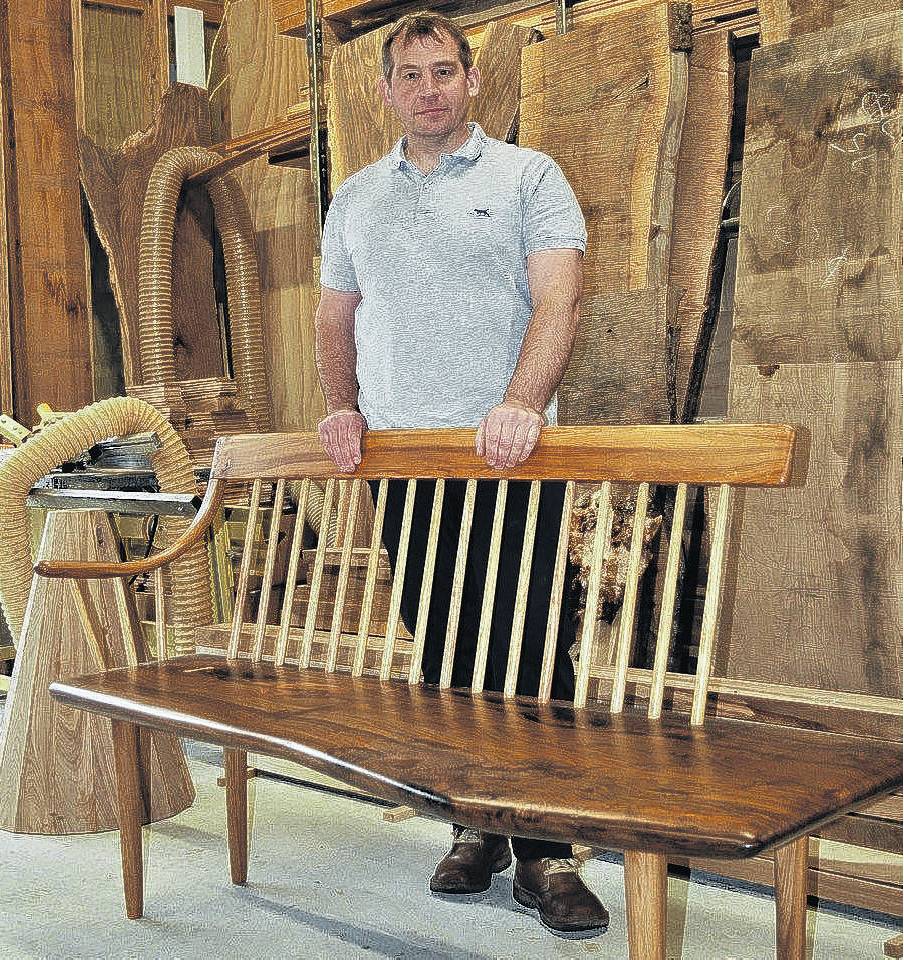
The furniture is being made by Amberley's David Laird, a chairbler, specialising in handcrafting Windsor stick chairs and other heirloom furniture.
The exhibition will be held at Rangiora’s Chamber Gallery from January 25 to March 6, 2025.
David was drawn to the precision required to become a chairbler, a name that evolved in the 17th century to distinguish the difference between the unique skills of chair-frame making and other woodwork.
He has been passionate about wood work since his childhood.
"I have been lucky to learn the joy of working with my hands from a young age, striving for perfection, a conviction that any task must be executed with all of your skill, to create the best object you are capable of making."
He believes sustainability should be synonymous with good design, and all the furniture he makes is crafted from reclaimed timber, end-of-life trees that have fallen or are past their prime.
"They are a gift from the past.
"Solid wood furniture is timeless, sturdy and built to last generations, even centuries," David says.
Utilising end-of-life timber for furniture is also useful in another way.
"As trees produce oxygen, they also capture carbon. The timber will continue to capture the carbon contained within the heartwood until that wood decays or is burned," he says.
Some of the wood he is sourcing from end-of-life trees, or trees that need to be removed has early settlers’ links.
"Once the land was cleared, the settler's planted trees that were useful from their homelands in some cases.
"I have been lucky to work with some of these timbers including elm, ash, walnut and oak that date back to the late 1800s.
"It is a real privilege to work with timber that was planted by people who knew they would never see the benefit of the planting in their lifetime."
Some of the furniture David makes ends up back on the property where it was grown, which is satisfying.
"As a craftsman you put energy and thought into these handmade pieces."
It takes all of your skill to transform the raw timber into an item that means something to someone. ‘‘When these items have meaning they are no longer just furniture they are memories as well."
By Shelley Topp














